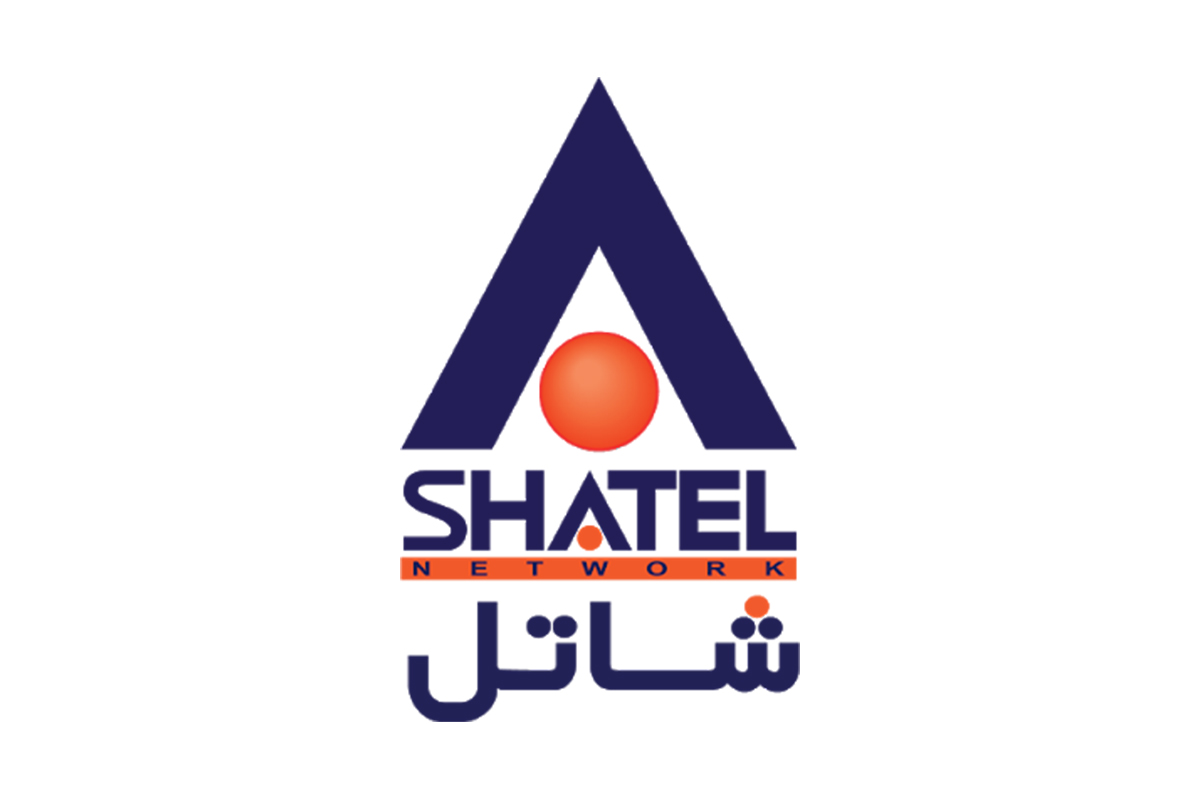
به گزارش خزرفوری It is essential to limit access to sensitive documents and files when your company has private information about transactions or business accounts or if it handles sensitive customer and employee information. Even the employees are well-trained and trustworthy, a minor mistake can have serious consequences. Here are four ways to restrict access […]
It is essential to limit access to sensitive documents and files when your company has private information about transactions or business accounts or if it handles sensitive customer and employee information. Even the employees are well-trained and trustworthy, a minor mistake can have serious consequences. Here are four ways to restrict access to documents to prevent a breach.
Utilizing multi-factor or two factor authentication protocols to access data is an effective way to stop threat actors from viewing protected files. The extra layer of security keeps them from stealing usernames and passwords to access confidential data. It also helps comply with regulations such as GDPR and HIPAA.
An eSignature requirement is another popular solution for companies that are keen to keep people without permission from accessing private files. This allows businesses verify the identity of the person before giving them access to private information. It also guarantees maximum security as any modifications to documents can be detected.
Custom navigate to these guys https://vdr-soft.net/effective-tips-for-board-meeting-minutes/ permissions can be used to increase security by allowing managers to regulate sensitive files that are printed, copied and opened. You can also limit the types of changes that the file can undergo, such as changing its text or design. These documents can also have an examine trail incorporated into them to enable administrators to keep track of activity and find any changes that are not authorized.
This can be accomplished by making sure that you enforce the “clean desk policy” which ensures that all documents and papers are safely secured or locked away when an employee leaves their desk. This can be accomplished by enforcing a “clean desk” policy, which guarantees all papers and documents are locked away or password-protected each time an employee goes away from their workstation. All devices, such as desktop computers, laptops or smartphones, are also cleared of any information before they are powered off or removed.












